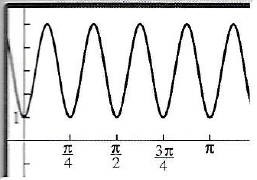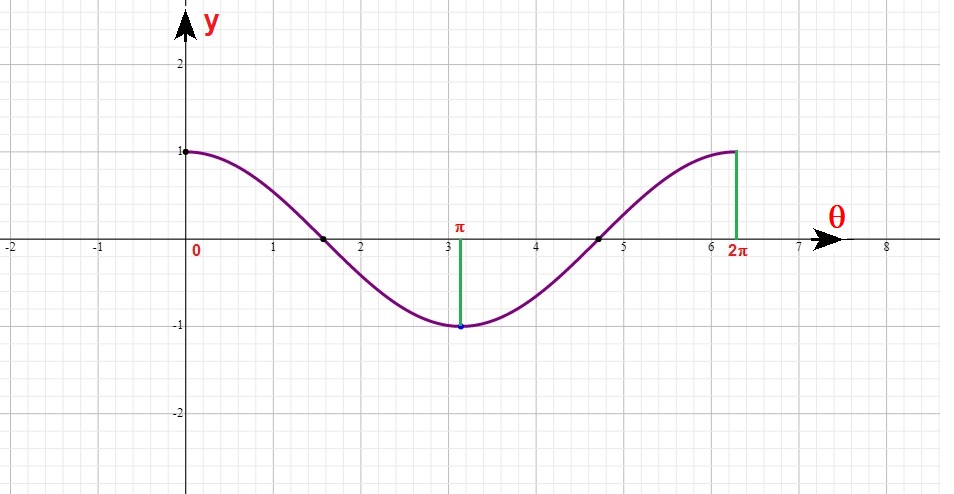Write the equation of the graph below AS A COSINE FUNCTION??

1 Answer
Explanation:
.
Let's take a look at the graph of a cosine function:

At
At
The amplitude of the function is
The period of the function is
The graph is symmetrical with respect to the
The general form of a cosine function is:
Where
Comparing the problem graph with this graph, we notice that if we start with this function as the base function we will have to implement a horizontal and a vertical shift.
If we draw a horizontal line at a point that makes the graph symmetrical with respect to the line we will see that the part of the graph above the line has a height of
We can see that the problem graph has one full period between
The first maximum of the problem graph happens at
If we move the graph down vertically by
The equation of our function is:

